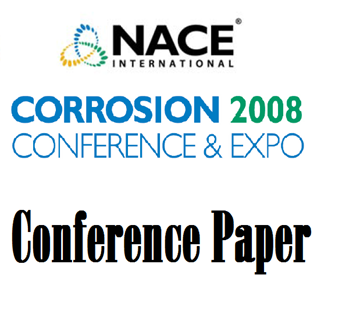Search
Products tagged with 'salinity'
View as
Sort by
Display
per page
08271 Effects of Oxygen, Temperature and Salinity on Carbon Steel Corrosion in Aqueous Solutions; Model Predictions versus Laboratory Results
Product Number:
51300-08271-SG
ISBN:
08271 2008 CP
Publication Date:
2008
$20.00
A Mechanistic Study On The Effect Of Salt Concentration On Uniform Corrosion Rate Of Pipeline Steel In Acidic Aqueous Environments
Product Number:
51321-16788-SG
Publication Date:
2021
$20.00
Correlating physical chemistry with interfacial properties: Effect of salinity on the partitioning, distribution and performance of a quaternary amine corrosion inhibitor
Product Number:
51323-19142-SG
Publication Date:
2023
$20.00
Effect Of Salt Concentration On Uniform H2S Corrosion Rate Of Pipeline Steel At 100 Ppm H2S(G) And 20Oc
Product Number:
51322-17982-SG
Publication Date:
2022
$20.00
Unravelling Surfactant Partitioning: Part 1 - Fundamental Theory and Modelling of Single and Multi-component Surfactant Distribution Responses
Product Number:
51324-20882-SG
Publication Date:
2024
$40.00





